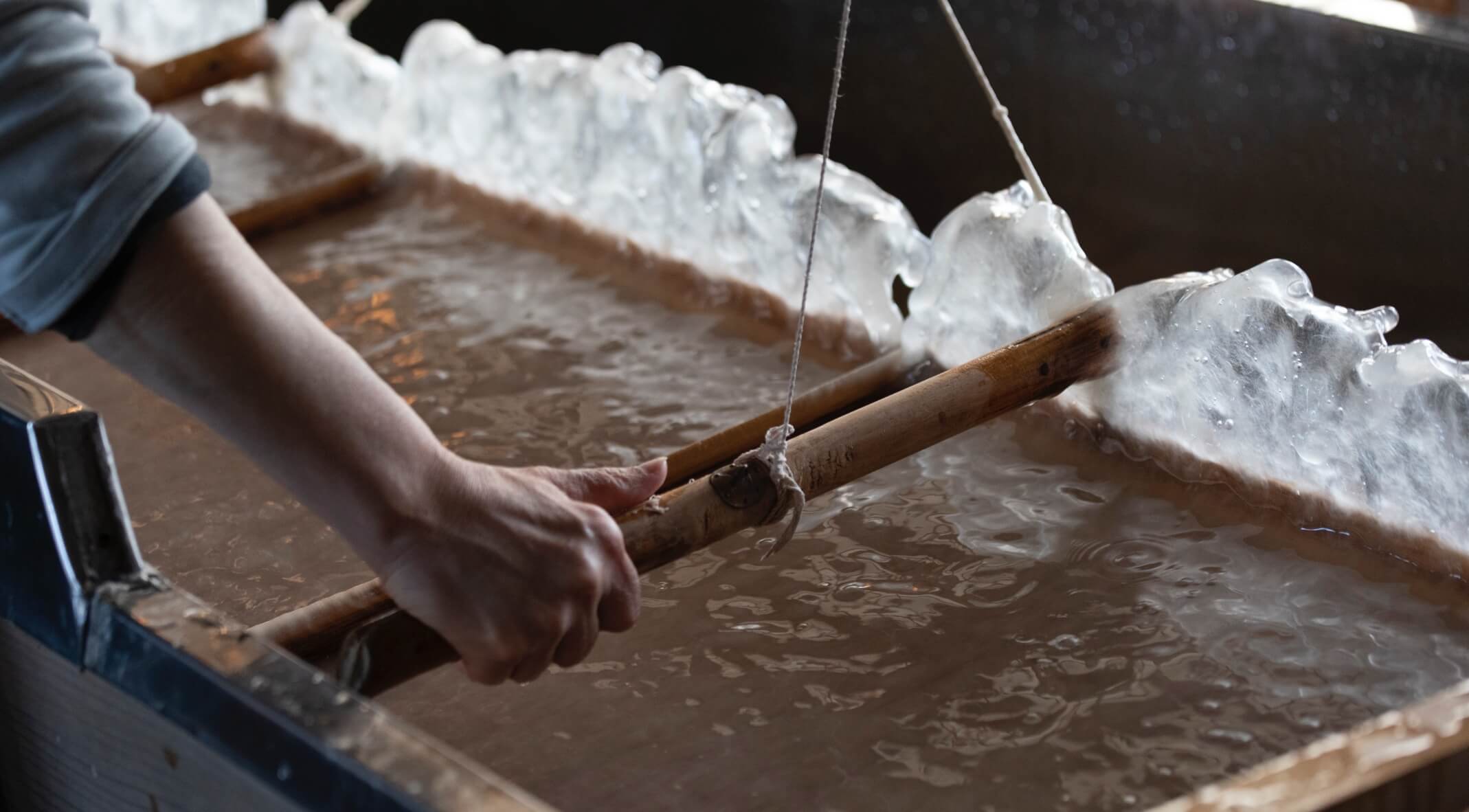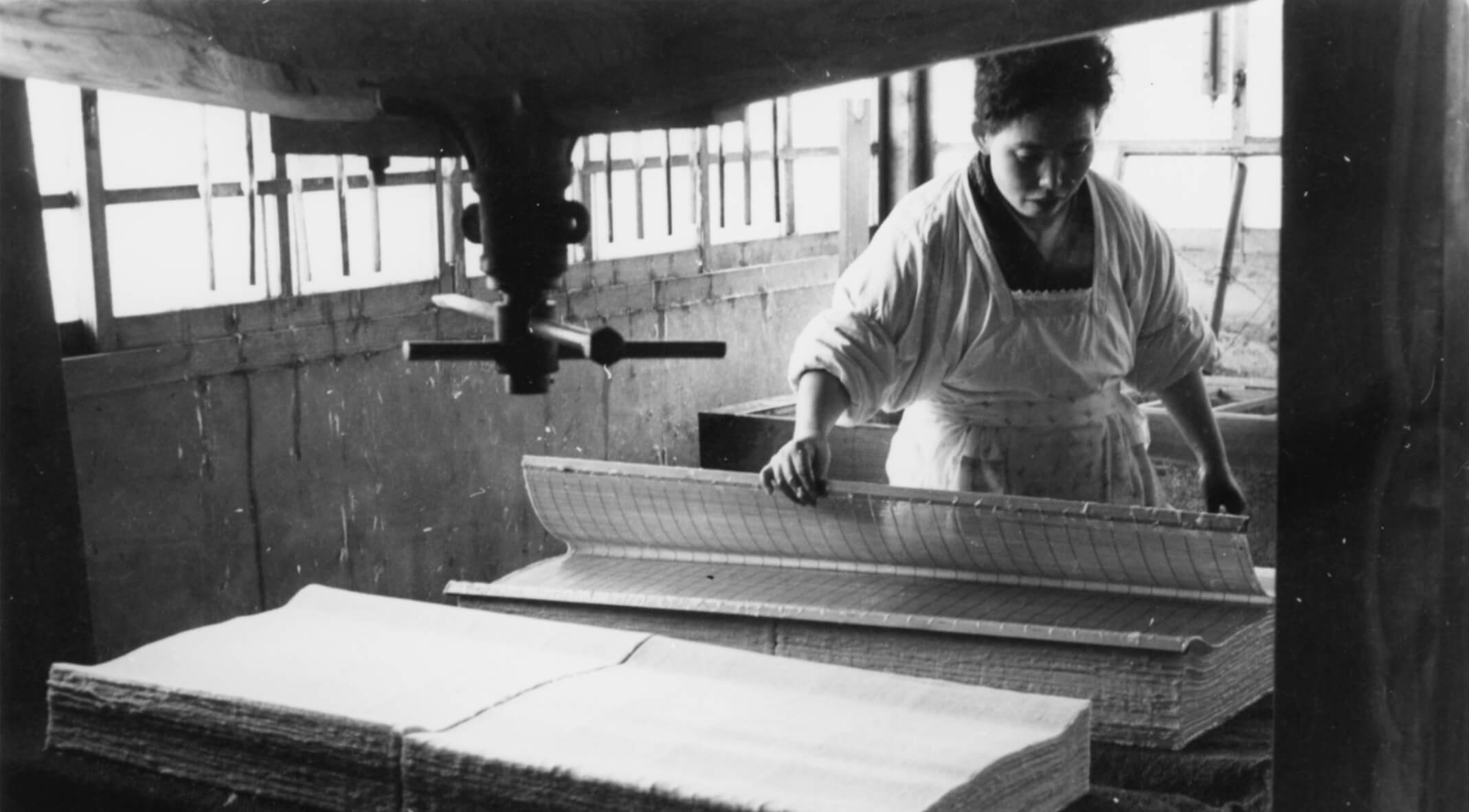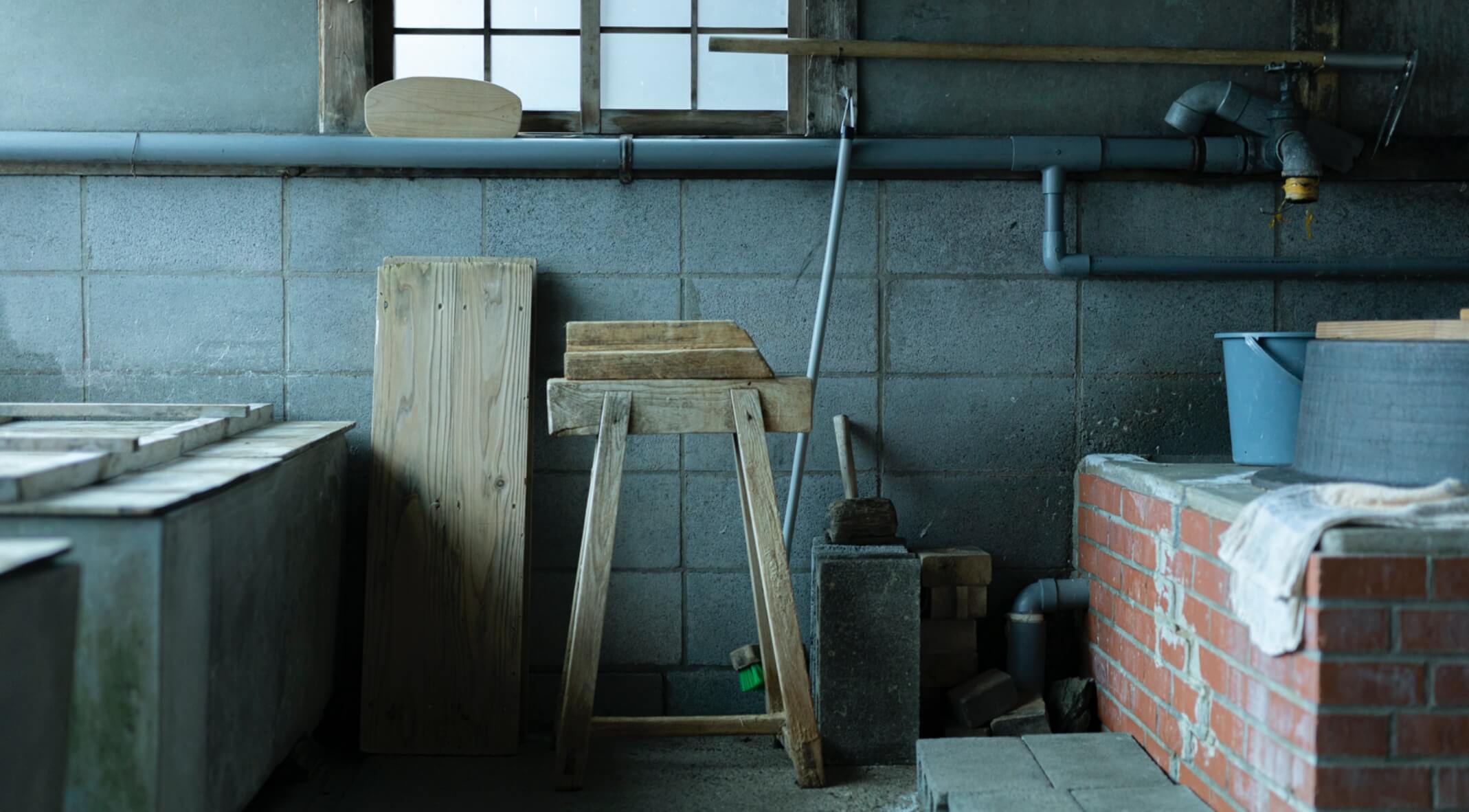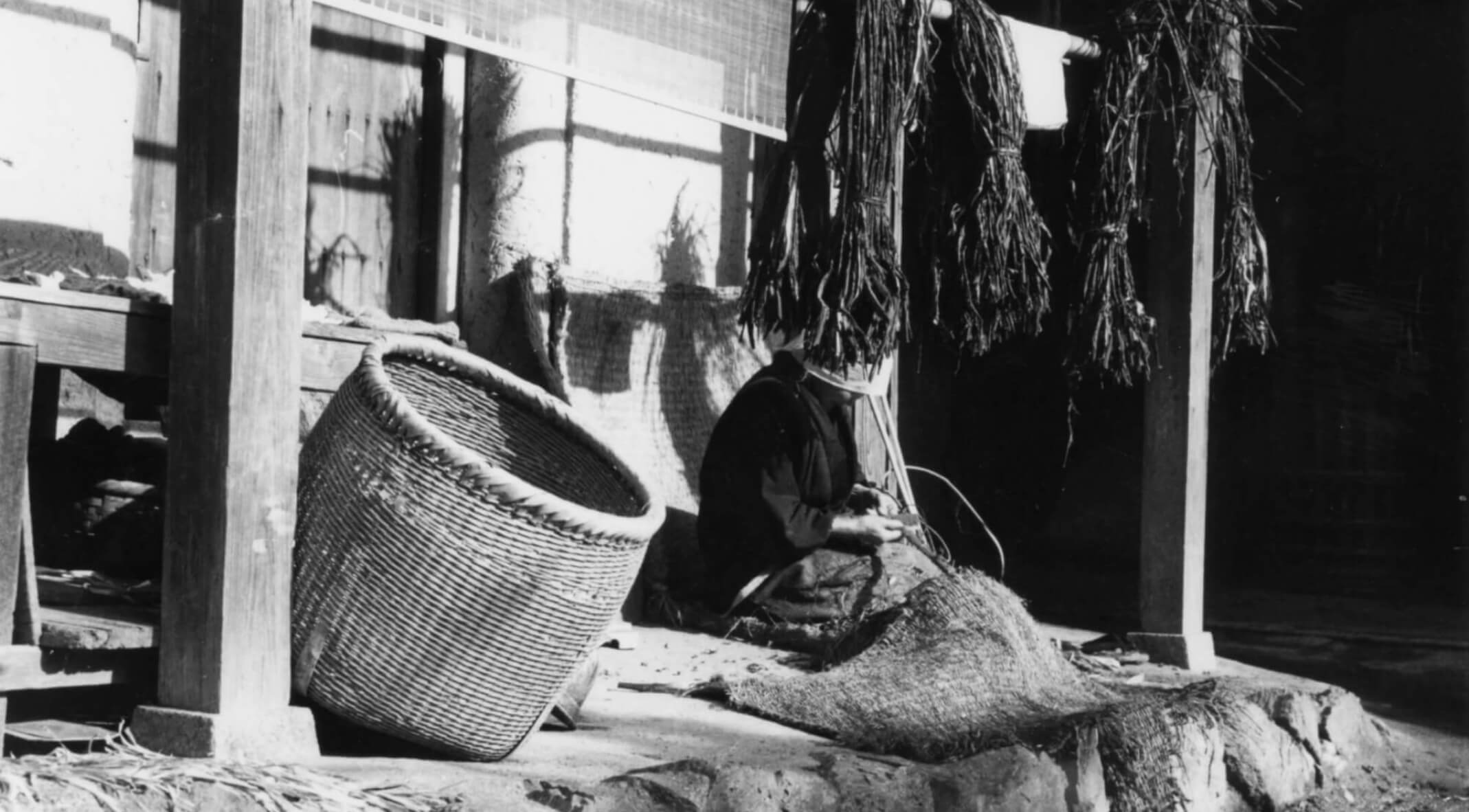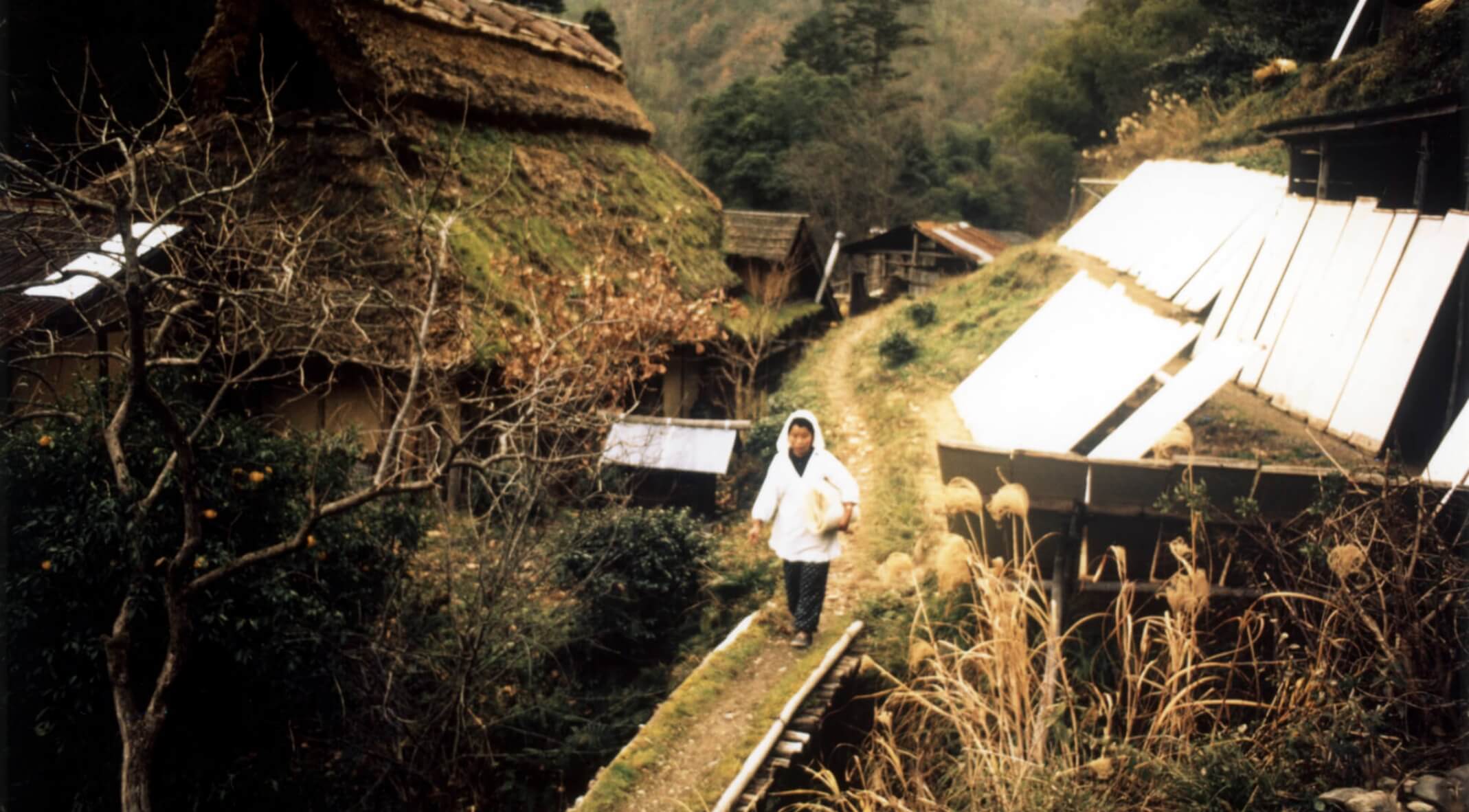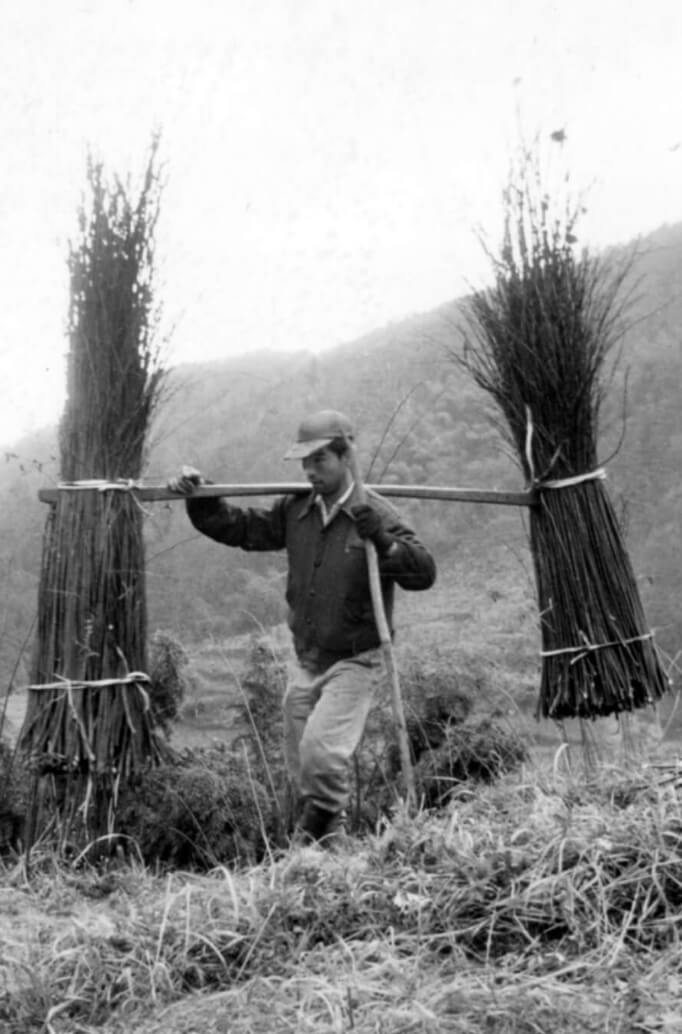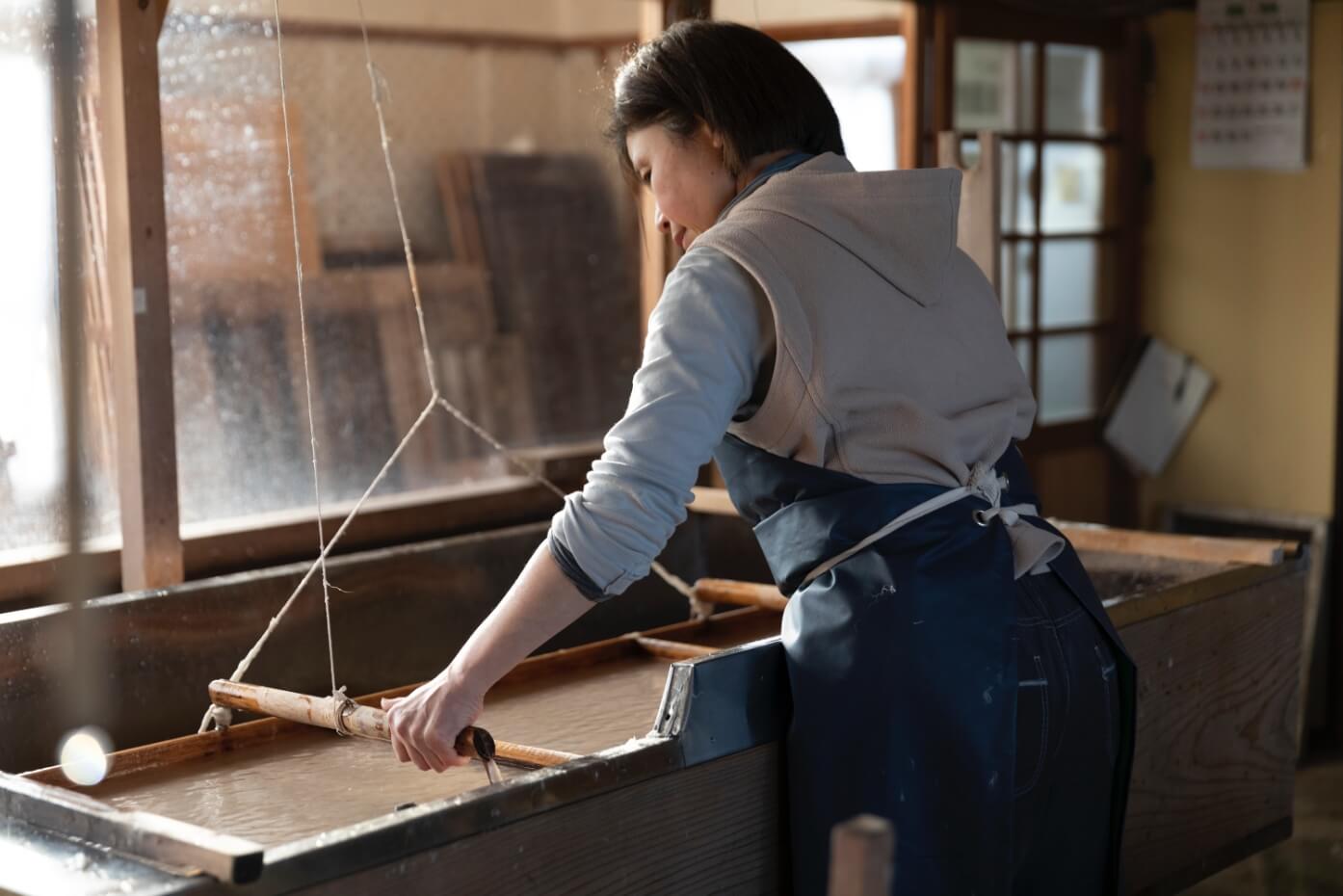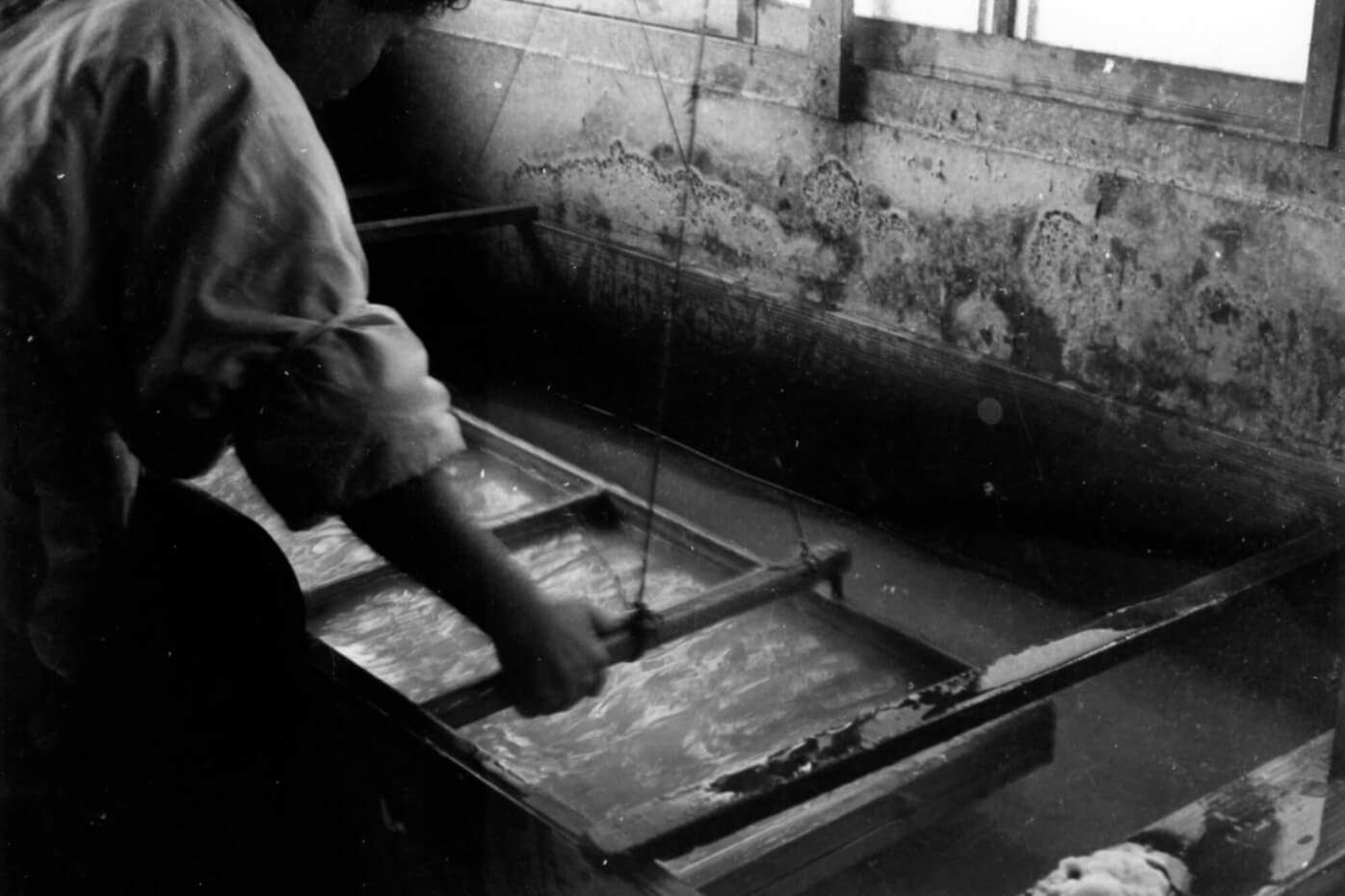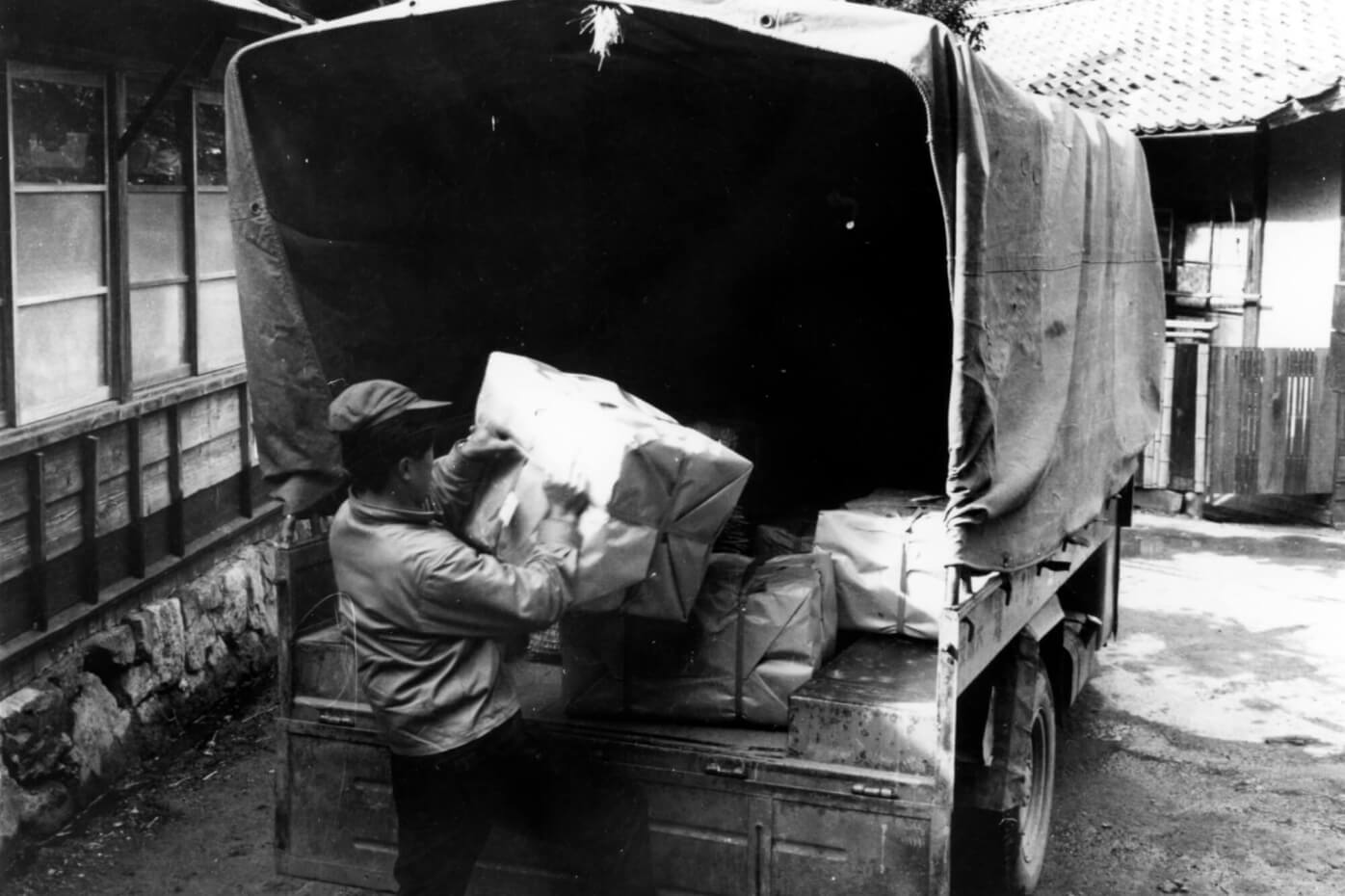Kurotani Washi has a history dating back 800 years and is said to have its origins as a way for the defeated soldiers of the Heike Clan hiding from their pursuers in the mountains to make a living. Since then, the village of Kurotani has been recognized as the home of traditional hand-made paper, an art that touched the majority of the villagers.
Bringing Real Handmade Washi into Your Life
Putting our heart and soul into each sheet.
Making washi with care and honesty, and delivering it into our daily lives.
It has been more than 800 years since Kurotani was born.
This is the idea that each and every craftsman has cherished for more than 800 years.
Authenticity is always found in the careful accumulation of each and every natural step.
This is because we believe that the real thing is always found in the careful accumulation of each step.
While listening to the voices of the changing times
While listening to the changing voices of the times, we nurture the traditions that flow through the Kurotani region and pass them on to the future.
We will continue to nurture the traditions of Kurotani and pass them on to the future.
In order to bring the tradition of authentic Japanese paper, in which the heart of the Japanese people resides, into the lives of people 100 years from now
Today, we continue to work hard on paper.
History of Kurotani Washi
Kurotani Washi has a history dating back 800 years and is said to have its origins as a way for the defeated soldiers of the Heike Clan hiding from their pursuers in the mountains to make a living. Since then, the village of Kurotani has been recognized as the home of traditional hand-made paper, an art that touched the majority of the villagers.
While a series of large fires has left little historic material, paper dating back to 1593 is said to be the oldest surviving paper remaining in Kurotani village.
While they primarily manufactured paper for everyday uses (shoji doors and lanterns etc.) various incentives led to further development of the craft and in the Edo period a large volume of paper was made for use in connection with Kimono in Kyoto, due to the village’s close proximity to the old capital. In line with developments in silkworm farming following the Meiji period, paper was also manufactured for use in cocoon bags. Over the years, uses for Kurotani Washi have changed from practical uses to more commercial applications and more recently the area has become the home of traditional, hand-made Japanese paper across Japan, developing a range of paper and other products, such as postcards, writing paper, art paper and craft paper for everyday use.
While the paper industry across Japan has changed dramatically over the years from Japanese paper to western paper, hand-made processes to automated processes, Kurotani Washi has remained true to its hand-made heritage, preserving a craft from the Japan of old. Despite changes in applications through the years, the traditional paper making process has remained the same. Kurotani Washi has forged a name for itself around the world as the home of this very valuable, pure hand-made Japanese paper and this art continues to be handed down to future craftsmen.
Promotion Video
Hand Made Paper Workshop
From this link you can see how to attend the Hand Made Paper Workshop.
Contact Us
Soon as you send through this form, you will receive a confirmation.
If not, please check your email address that you typed, and send us again.
Thank you.

